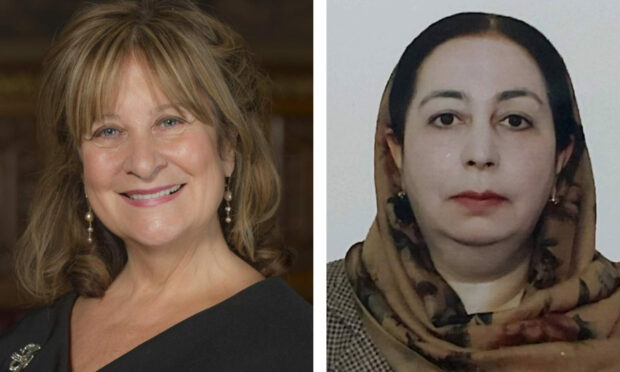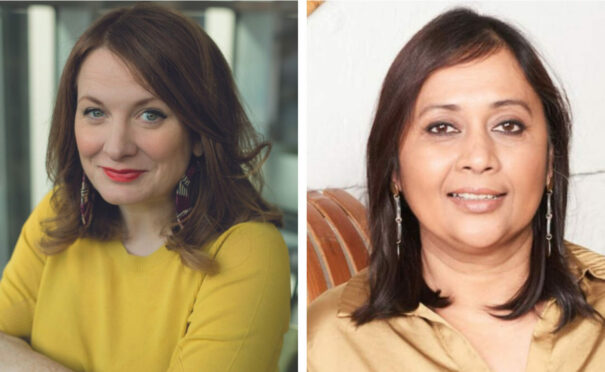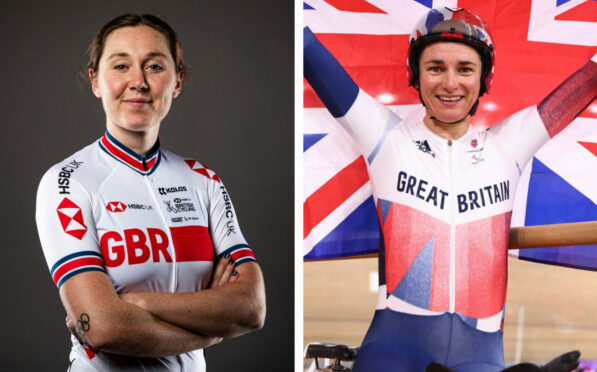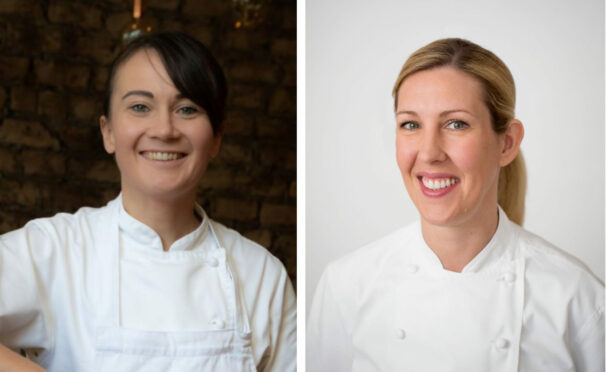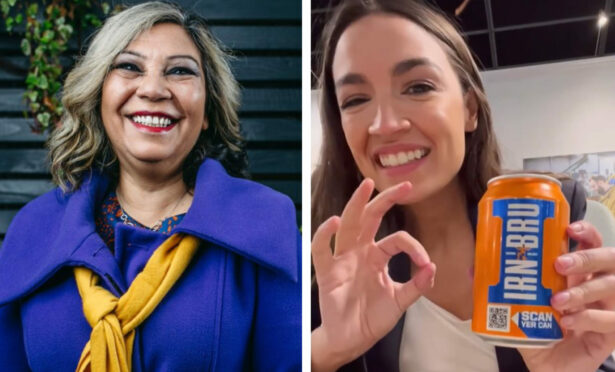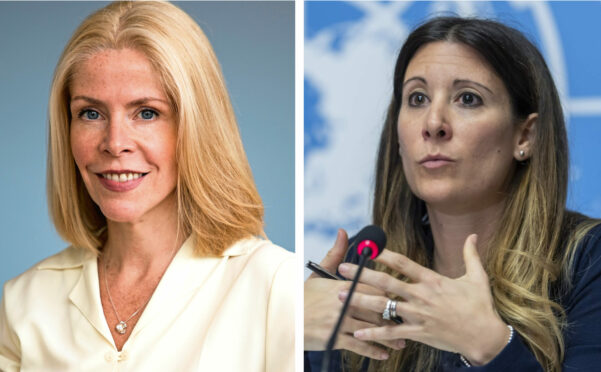
They are women who have enjoyed a landmark 12 months that has helped shape Scotland and the world.
We asked our women of the year to name theirs.
Behavioural scientist Linda Bauld, a professor at Edinburgh University, cemented her position as one of Scotland’s most trusted voices of the pandemic in 2021.
A strong and trusted communicator, she has played an invaluable role in explaining what is known – and not known – about the virus, and its consequences for the public. In September she took up the role of interim chief social policy adviser to the Scottish Government, working on a programme for Covid recovery.
Her woman of the year is Maria Van Kerkhove, an epidemiologist who is the Covid-19 technical lead at the World Health Organisation’s Health Emergencies Programme.
Bauld said: “Maria Van Kerkhove has got longstanding expertise in infectious disease epidemiology. She was technical consultant for WHO on the Middle East Respiratory Syndrome (MERS) virus.
“Her PHD was on H5N1, one of the viruses that came from birds. She has worked on Ebola, influenza, meningitis, yellow fever and was a fellow at Imperial College, which is well known for its outbreak research.
“She has done belt and braces infectious disease epidemiology and when you come from a background of looking at previous outbreaks you take that expertise into the current pandemic. So, she has a lot of insight.
“One of the key things about her is she’s able to bridge science and policy, communicating what research is telling us very clearly to policy makers – in this case member states of the World Health Organisation and the public. Van Kerkhove has been able to translate research into plain English. That’s an important skillset to have. She’s been very measured and consistent in pointing to the wider harms that the pandemic has caused.
“She has an interest in maternal health, inequalities and education. She’s been very consistent in her view that schools should be the last thing to close.
“She’s also very good at dealing with uncertainty and controversy.
“WHO’s position has shifted over the course of the pandemic on airborne transmission, on face coverings. They have been criticised as an international body and she’s had to deal with a lot of abuse and that criticism personally directed at her. She’s handled that well.
“Many, many scientists have had to face that kind of thing throughout the pandemic and she’s had it at scale. Van Kerkhove’s also a good speaker and comes across as approachable and humble.
“She’d done a lot of public-facing work for WHO. She’s an excellent champion for public health.”
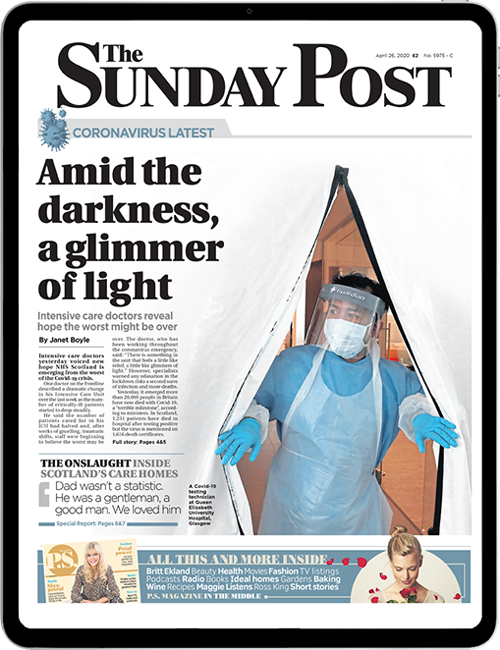
Enjoy the convenience of having The Sunday Post delivered as a digital ePaper straight to your smartphone, tablet or computer.
Subscribe for only £5.49 a month and enjoy all the benefits of the printed paper as a digital replica.
Subscribe